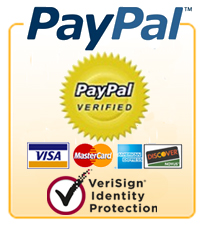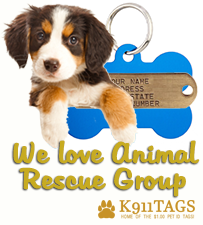
Parvo virus, also known as canine parvovirus, is a highly contagious and potentially life-threatening disease that primarily affects dogs. It spreads through direct contact with infected dogs, contaminated environments, or even by indirect contact with items carrying the virus. As a responsible pet owner, it is crucial to take proactive measures to prevent the transmission of this virus and protect your furry friend. In this article, we will outline essential steps you can take to prevent parvo virus in dogs.
- Vaccination:
Vaccination is the most effective way to prevent parvo virus infection. Puppies should receive a series of vaccinations starting at around 6 to 8 weeks of age, with boosters given every 3 to 4 weeks until they are around 16 weeks old. Adult dogs should receive regular booster shots as recommended by their veterinarian. Ensuring your dog’s vaccination status is up to date provides them with essential protection against parvo and other diseases. - Avoid High-Risk Environments:
Parvo virus can survive for extended periods in the environment, particularly in areas with a high concentration of dogs, such as dog parks, boarding facilities, and shelters. If you have a young puppy or an unvaccinated dog, it is best to avoid these environments until they have completed their vaccination series. Limiting exposure to high-risk areas reduces the chances of your dog coming into contact with the virus. - Practice Good Hygiene:
Maintaining proper hygiene is vital in preventing the spread of parvo virus. Always wash your hands thoroughly with soap and water after handling other dogs or visiting public spaces where dogs frequent. Additionally, disinfecting surfaces and items that may come into contact with the virus, such as food and water bowls, toys, bedding, and crates, can help kill the virus and prevent its transmission. - Isolate Infected or Suspected Dogs:
If you know of a dog that has been diagnosed with parvo virus or shows symptoms such as vomiting, diarrhea (often bloody), lethargy, or loss of appetite, it is crucial to keep your dog away from them. The virus can be shed in the feces of infected dogs, so be cautious when walking your dog in areas where infected dogs may have been. Promptly clean up after your dog and dispose of the waste properly. - Avoid Sharing Items:
Since parvo virus can survive on objects, it is advisable not to share toys, bowls, leashes, or any other items that come into contact with dogs outside your household. By preventing direct contact with potentially contaminated items, you can minimize the risk of your dog contracting the virus. - Regular Veterinary Check-ups:
Regular visits to your veterinarian are essential for maintaining your dog’s overall health and catching any potential issues early on. During these visits, your vet can assess your dog’s vaccination status, provide booster shots if necessary, and offer guidance on preventing parvo virus and other diseases.
Preventing parvo virus in dogs requires a combination of vaccination, hygiene practices, and avoiding high-risk environments. By staying proactive and following these essential steps, you can significantly reduce the risk of your dog contracting this highly contagious and dangerous disease. Remember, early prevention is key to keeping your beloved canine companion safe and healthy. Consult with your veterinarian for personalized advice and recommendations tailored to your dog’s specific needs.


